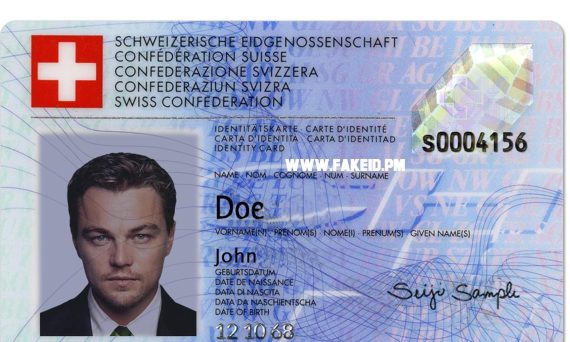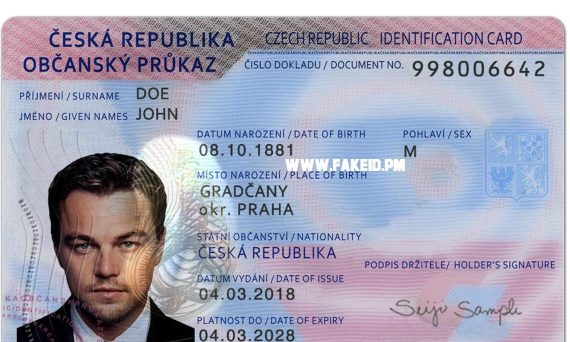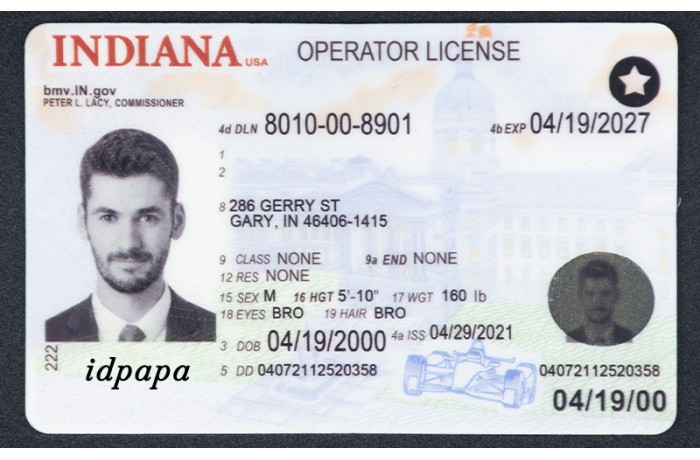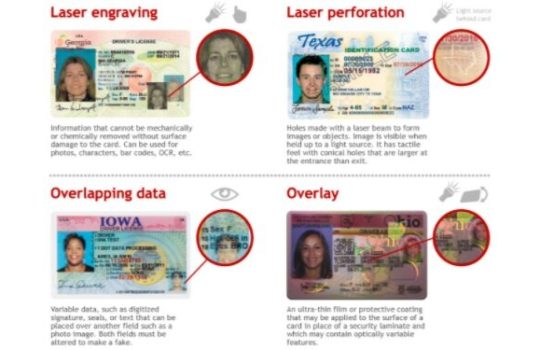Best Scannable Id Card
2023-07-13 2023-07-13 11:17Best Scannable Id Card

Best Scannable Id Card
France Fake Id Card Scannable
Albania Fake Driver License
Hungary Magyar Fake Passport
Malta Fake Id
Title: The Best Scannable ID Card: Revolutionizing Identification Systems
Introduction:
In an increasingly digital world, the need for reliable and secure identification systems has become paramount. Whether it’s for verifying age, granting access, or conducting financial transactions, the scannable ID card has emerged as a game-changer in identification technology. In this article, we will explore the intricacies of scannable ID cards, their benefits, and why they are considered the best in the market.
1. Understanding Scannable ID Cards:
Scannable ID cards are physical documents that contain embedded information readable by scanning devices. These cards utilize a variety of technologies, including barcodes, magnetic stripes, radio frequency identification (RFID), or even biometrics, to enable seamless identification processes. By capturing and transmitting data electronically, scannable ID cards ensure accuracy and eliminate the chances of human error.
2. The Evolution of Scannable ID Cards:
Scannable ID cards have come a long way since their inception. Traditional identification methods, such as manual verification or visual inspection, were susceptible to counterfeit frauds and errors. With advancements in technology, scannable ID cards have transformed the way identification is conducted, offering increased security and convenience. From simple barcodes to sophisticated biometric data, these cards have become the ultimate tool for businesses, institutions, and governments alike.
3. Key Features and Technologies:
a) Barcodes:
Barcodes are one of the oldest and most widely used scanning technologies for ID cards. They consist of a series of parallel lines that represent different data points. When scanned, the information encoded in the barcode is transmitted to the scanning device, enabling the quick retrieval of relevant details. While barcodes are relatively low-cost and easy to implement, they are susceptible to physical damage and require direct line-of-sight scanning.
b) Magnetic Stripes:
Magnetic stripe technology employs a magnetic strip on the back of the ID card, which stores essential information. The scanning device reads this magnetic strip, pulling the encoded data into the system. Magnetic stripes offer greater data capacity compared to barcodes and are widely compatible with existing infrastructure. However, they are prone to wear and tear, resulting in data loss or corruption.
c) Radio Frequency Identification (RFID):
RFID technology uses radio waves to transfer data wirelessly between the ID card’s embedded chip and the scanning device. Unlike barcodes or magnetic stripes, RFID does not require direct contact or a line-of-sight scan. This technology enables quick and convenient identification processes, reducing waiting times and increasing efficiency. However, concerns about data security and potential interception still exist.
d) Biometrics:
Biometric identification methods, such as fingerprint or facial recognition, offer the highest degree of security and accuracy. Scannable ID cards with biometric capabilities store a person’s unique physiological or behavioral characteristics, ensuring foolproof identification. Biometric data, in combination with other scanning technologies, minimizes the chances of identity theft and fraud. However, implementing and maintaining biometric systems can be expensive and complex.
4. Benefits of Scannable ID Cards:
a) Enhanced Security:
Scannable ID cards provide a considerable advantage over traditional forms of identification by making forgery and tampering significantly harder. The utilization of encrypted data, layered security features, and real-time verification mechanisms reduce the risk of unauthorized access or counterfeiting.
b) Streamlining Processes:
Scannable ID cards expedite identification processes, reducing waiting times and simplifying verification procedures. The automation of data retrieval eliminates the need for manual entries, mitigating errors and boosting efficiency in various industries, such as banking, healthcare, and transportation.
c) Improved Customer Experience:
By reducing the time required for authentication, scannable ID cards improve customer experiences in various scenarios. Whether it’s a swift check-in at an airport, efficient access control at an event, or quick age verification at a bar, customers benefit from seamless and hassle-free interactions.
d) Data Analytics and Reporting:
Scannable ID cards enable organizations to capture valuable data that can be utilized for analytics, insights, and reporting purposes. These cards can gather information regarding customer preferences, behavior, and demographics, helping businesses tailor their services and marketing strategies accordingly.
5. Real-Life Applications:
a) Travel and Border Control:
Scannable ID cards play a vital role in ensuring secure travel processes and border control management. Electronic passports, for example, utilize scanning technologies like RFID to streamline immigration checks, reducing processing time and enhancing security.
b) Healthcare and Patient Management:
Hospitals and healthcare facilities are increasingly adopting scannable ID cards to accurately identify patients, store medical records digitally, and enhance overall medical care. These cards help track patient history, allergies, and medication data, ensuring error-free treatments.
c) Financial Transactions:
Scannable ID cards enable secure, contactless payment methods, such as mobile wallets or tap-to-pay systems. Biometric authentication coupled with scanning technology ensures safe transactions and minimizes the risk of fraud.
d) Access Control:
Scannable ID cards act as credentials for granting access to restricted areas or events. By integrating scanning systems with access control mechanisms, organizations can limit unauthorized entry, ensuring the safety and security of their premises.
Conclusion:
The scannable ID card has undoubtedly revolutionized identification systems across numerous industries. With their enhanced security features, convenience, and ability to streamline procedures, these cards have become an essential tool for effective identity verification. As technology progresses, scannable ID cards will continue to evolve, providing even greater security and functionality. By embracing such advancements, organizations can enhance their operations, improve customer experiences, and ensure a more secure and efficient future.














